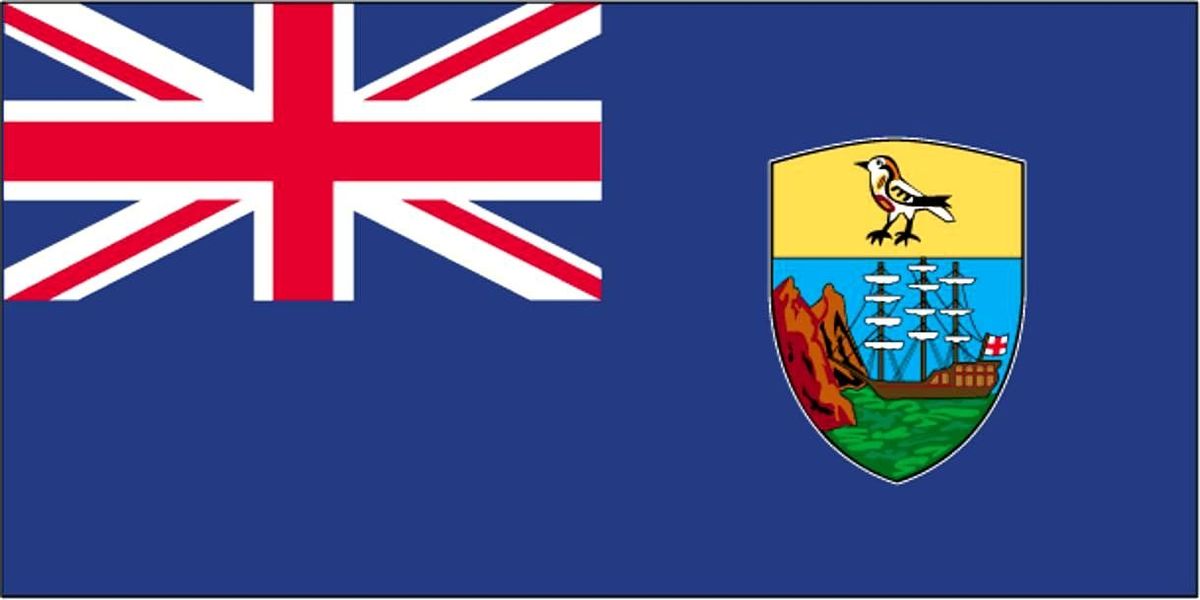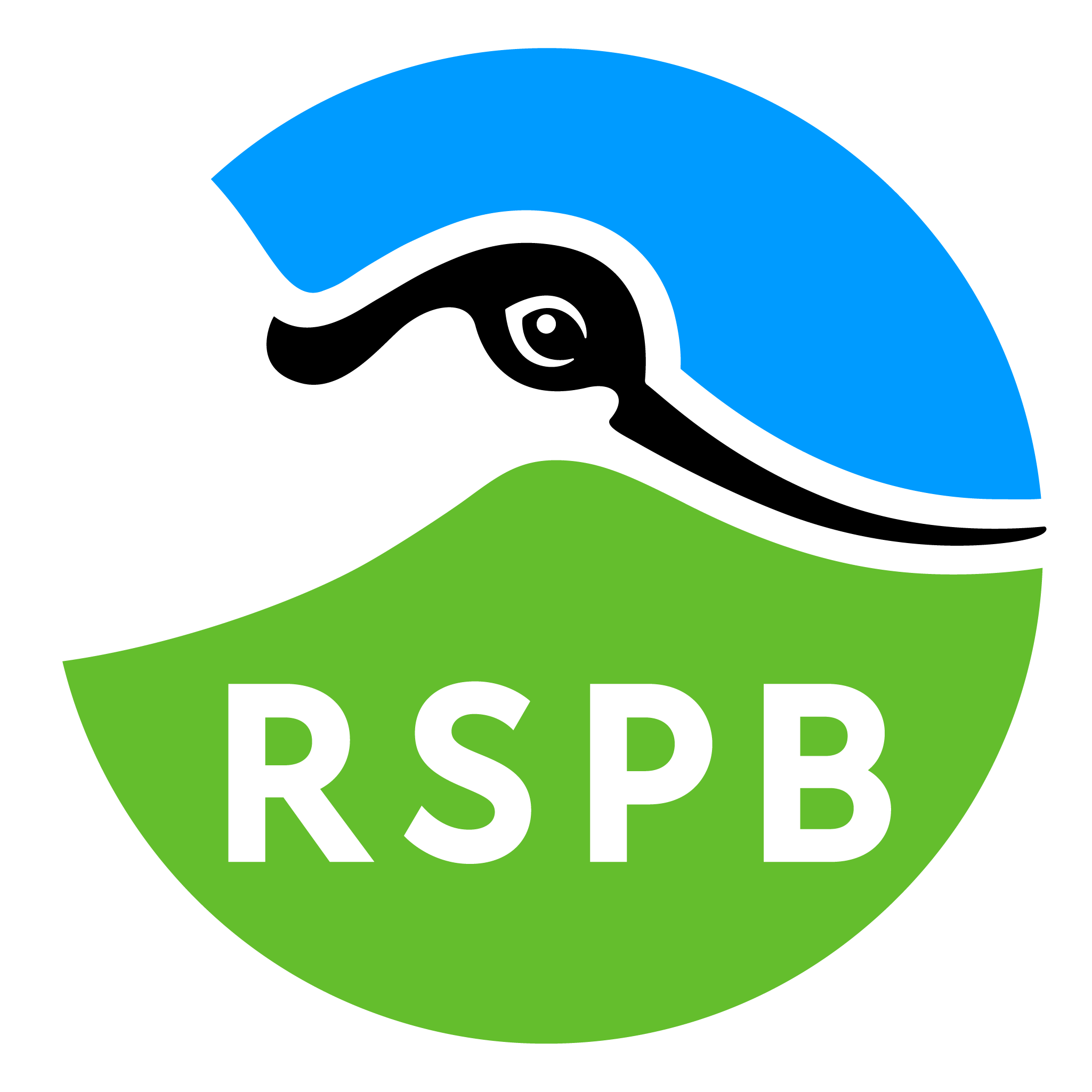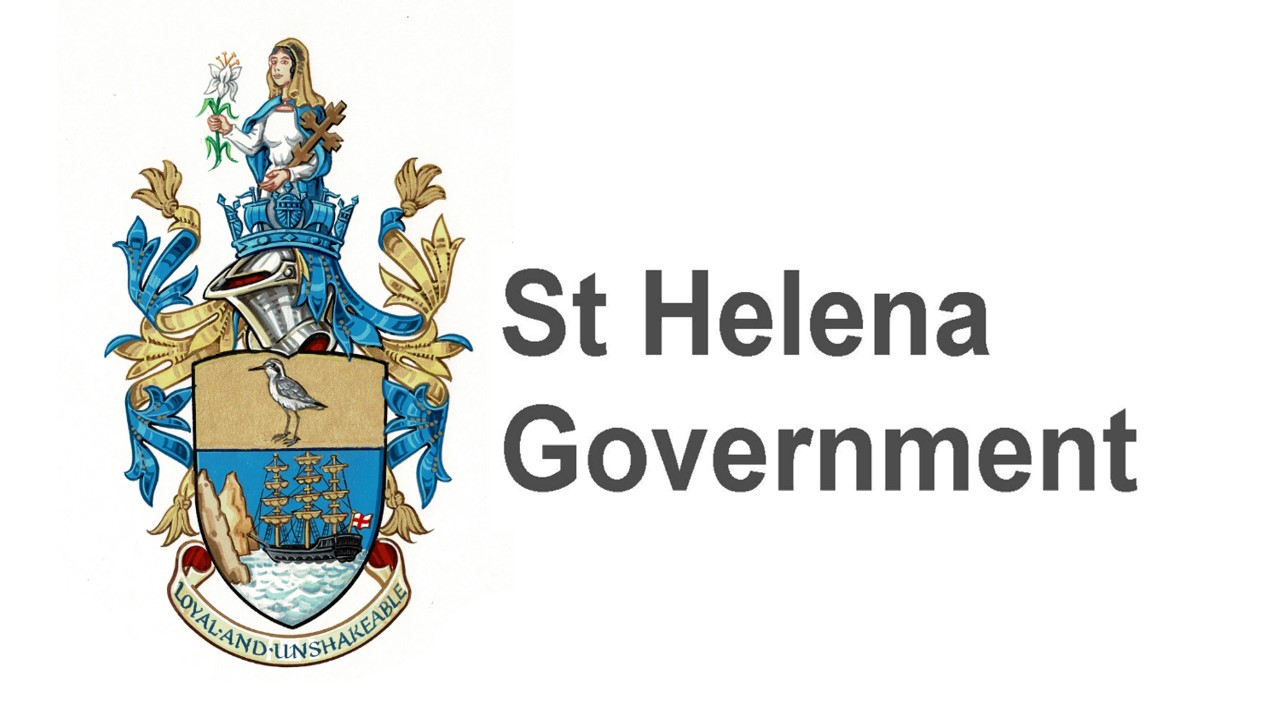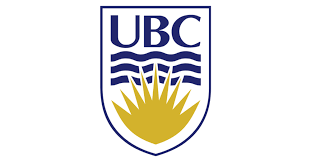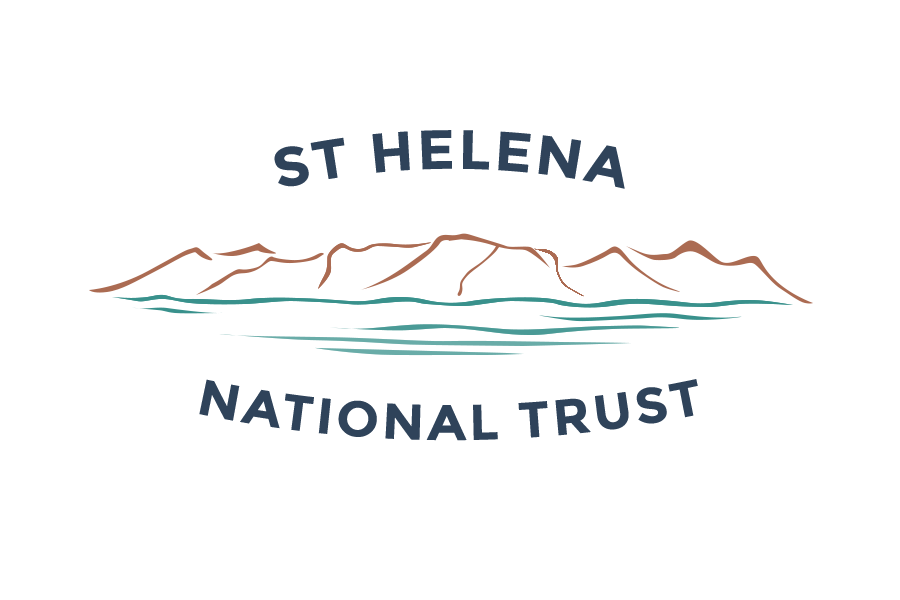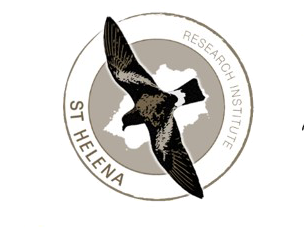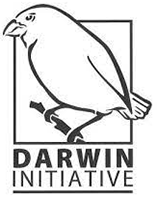The St Helena Cloud Forest Project
Conserving a globally important ecosystem

Project overview
The total area of the national park is 81 ha.
St Helena’s cloud forest has declined from an estimated 600 hectares before humans’ arrival to just 16 hectares today.
Habitat
Tropical cloud forest
Current size
16 Hectares
Project commenced
2021
Unique Species
Approx 250
The project
The St Helena Cloud Forest Project is a highly collaborative, multi-year project working to implement the Peaks Management plan for St Helena’s Peaks National Park.
The Peaks National Park, St Helena Island is home to the remnants of an ancient cloud forest. It is a globally significant area:
- It holds approximately 250 species that are found nowhere else on Earth – equating to more than one-sixth of the UK’s total endemic biodiversity.
- It provides the majority of the island’s annual water resource (through its ‘cloud forest’ role of mist capture and groundwater recharge).
- It offers a unique wilderness experience in an area that has been voted one of St Helena’s ‘Seven Wonders’.
Project works are taking place within the National Park under three main pillars: Biodiversity; Water Security & Climate Change; and Socio-economic.
The pillars
- Biodiversity: Aimed at improving, restoring and creating cloud forest habitat and the conservation of associated species, with the intention of safeguarding an internationally important wildlife hotspot from further extinctions.
- Water Security & Climate Change: Aimed at re-vegetating around native habitat fragments in key areas of mist capture, and conducting monitoring and research to inform and secure the island’s water security and climate change adaptation efforts.
- Socio-economic: Aimed at supporting the sustainable development of St Helena by developing opportunities through ecotourism, education, sustainable land use, and conservation training.
Funding and partners
The UK Government, through the Foreign, Commonwealth & Development Office (FCDO), has committed to funding for the project over 4 years until 2025, with matched funding through project partners and various Darwin Plus projects. Over the first two years of the project (2021 – 2023) the total value of funding was over two million pounds.
Progress to date
For Year 1 of the project (2021/2022), the focus was on scaling up St Helena’s capacity to restore its cloud forest through staffing, international expertise, equipment, and infrastructure.
This involved local recruitment to seven full-time roles; procurement of equipment and assets; upgrading of buildings to support a new lab which will aid in the propagation of rare, endemic fern species; and research and intensive training on water and climate monitoring, soil sample analysis, plant and invertebrate surveys, seed-banking and sampling for genetic research.
Year 2 (2022/2023) intended to begin on scaling up restoration of the cloud forest. However, this year saw significant challenges following confirmation of plant pathogens causing diseases and death of endemic tree species within the Peaks National Park. Partners continued to work together to understand, and begin preparing for, long-term actions necessary to support large-scale conservation of the cloud forest.
In-depth updates of work achieved over Years 1 & 2, and quarterly progress updates for Year 3 can be viewed in the Key documents section.
- St Helena Cloud Forest Annual Report 2023-24
- SHCFP Year 3 Water Pillar Summary
- SHCFP Year 3 Climate and Water Resource Addendum Report 2024
- Termite report June 25
- Common wasp control on the fringes of the PNP
- Golden sail spider Ecology Report
- Elachista trifasciata monitoring report
- SHCFP Y4 Annual Report V3
- Habitats and biology of high altitude endemic Opogona of St Helena
- SHCFP Climate and Water Resource Year 4 Report
- St Helena Cloud Forest Annual Report 2021/22
- St Helena Cloud Forest Annual Report 2022/23
- The St Helena Cloud Forest Project Key achievements year 1
- The St Helena Cloud Forest Project Key achievements year 2
- St Helena Cloud Forest Update: Quarter 2 23/24
- St Helena Cloud Forest Update 3 23/24
- Historic Feature Assessment for the Peaks National Park Oct 23
Latest News
- Launch of Day in the Life of the Water Resource Monitoring Technician short film.
- Launch of water pillar films: St Helena’s Water Resource and The Journey of a Raindrop from Cloud Forest to Ocean
- Project mentioned in RSPB news stories: https://www.rspb.org.uk/whats-happening/news/discover-the-special-places-that-are-home-to-ninety-percent-of-the-uks-biodiversity & https://www.rspb.org.uk/helping-nature/what-we-do/protecting-species-and-habitats/invasive-species-week
- A story map for the project has been published: https://storymaps.arcgis.com/stories/426fd3e280d1401d8136ba22a6f89ef6.

iRecord St Helena is an on-line Biological Recording Database launched in February 2023 by the St Helena Research Institute (SHRI) hosting records of wildlife sightings collected on the island by both professionals and amateur naturalists. Explore further and contribute your sightings via the web portal or app.


